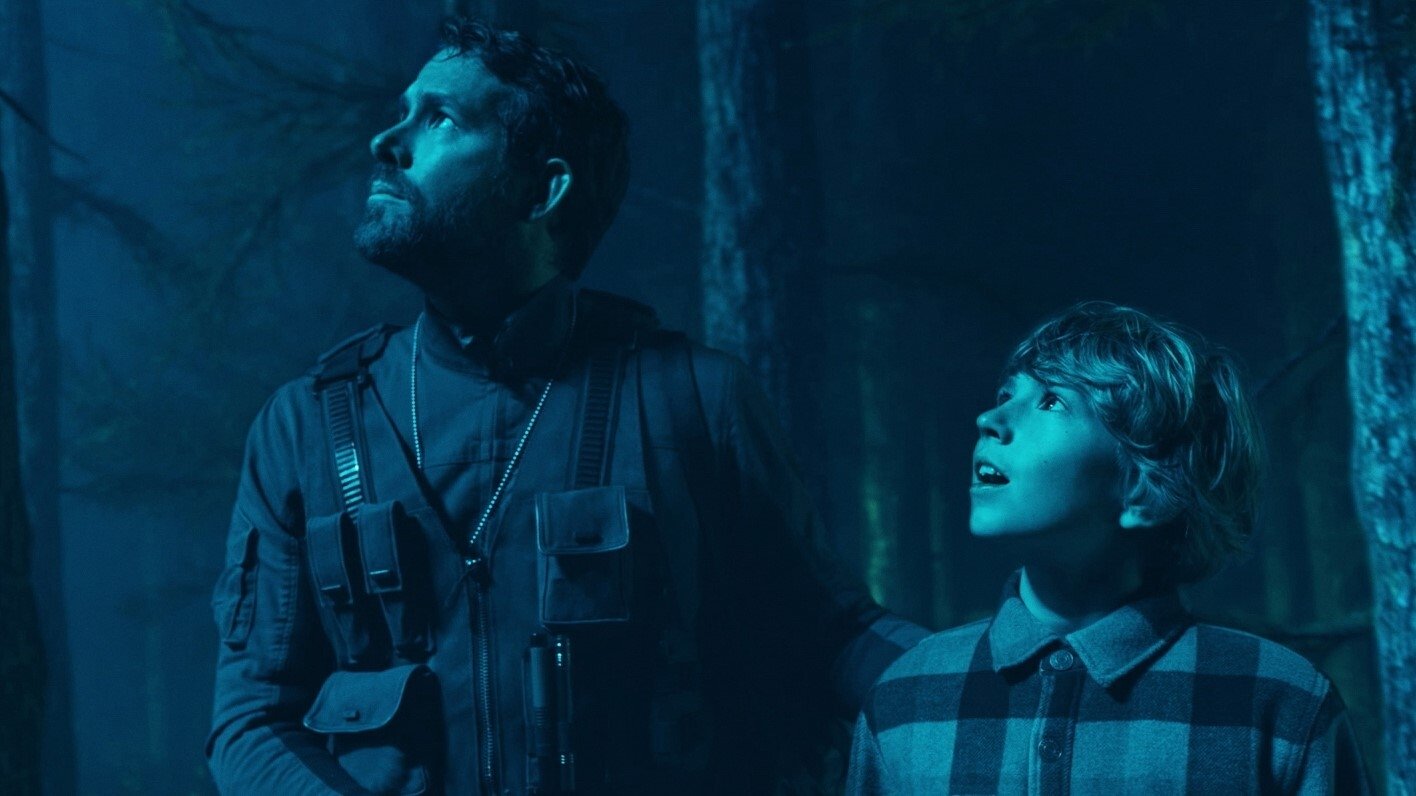

Curves UVs : The procedural now supports UVs on curves, for per-strand primvars usd#975.Mesh builtin normals : The procedural now reads the builtin USD description for mesh normals usd#962 usd#986.Point Instancer improvements : Per-instance primvars and nested instancers are now handled both in the procedural usd#944 as well as the render delegate usd#482.Improved GPU IPR interactivity: GPU IPR rendering is now more interactive.Usually this is zero, which for frame-relative time values means "on the frame", which is typical of OpenVDB simulation data. Reference time for OpenVDB volumes: The global options.reference_time attribute is now also used as the time the grid data exists, so velocity motion blur is relative to this reference time.


Adjust how often imagers are run during IPR: A new options setting has been added called options.imager_overhead_target_percent which can be used to control how often imagers should run during a render.For example, reading a texture using the ACES 1.0 SDR-video (sRGB ) color space will correctly invert a file with a view transform baked in. (ARNOLD-11961).

Invert view and display transform for textures using OCIO: When using an explicit OCIO or the default color manager, it is possible to specify both a display and view transform when writing outputs, using the View (Display ) syntax. It is now possible to use the same syntax for input color transforms as well.Upgraded OIIO to 2.4.0: This allowed for fixing several defects listed in the Bug Fixes section.Previous OptiX denoisers had no guarantees that the denoised results would combine correctly. ARNOLD-11726 This newer denoiser supports denoising AOVs in a way that allows the denoised result to be compositable. ARNOLD-11568ĪOV denoising with the OptiX denoiser: Upgraded from the Optix 6 to Optix 7 denoiser. In one test we saw a 10% performance improvement. Faster bloom imager: The bloom imager has been optimized.Note that bloom and denoising imagers require access to all pixels and so will not benefit from this optimization. This likely will be most noticed when interacting in IPR with small buckets. The exposure and tonemap imagers, for instance, are now significantly faster. Faster per-pixel imagers: We removed overhead in imagers that can execute independently on each pixel.On a 128-core machine we saw about an 8x speedup. Faster TextureResolveUseExistingTx: The TextureResolveUseExistingTx stage is now much faster when many threads are trying to open textures for the first time with the use existing tx option enabled.Updated Alembic to 1.8.3: The alembic procedural has been upgraded to use version 1.8.3 of the alembic library.Surface materials defined in a nodegraph are now supported. Updated MaterialX to 1.38.3: We now use MaterialX 1.38.3.This can be observed with kick -o, which will now work for different case types. Case insensitive output image file extension: AiFindDriverType() is now case insensitive, so asking, for instance, for a "png", "PNG", or "Png" will all return the png driver.


 0 kommentar(er)
0 kommentar(er)
